The 179D Tax Break for Energy Efficient Commercial Building
In 2005, the Energy Policy Act was signed by President Bush and created a tax deduction for the construction of energy efficient buildings. This tax deduction is falls under Section 179D and offers energy tax incentives for owners, architects, engineers, ESCO’s and contractors of new and existing energy efficient commercial buildings. Section 179D provides tax deductions between $.30 and $1.80 per square foot depending on the type of energy efficient systems installed. It is important to note that 179D is a tax deduction, not a tax credit. Tax deductions reduce the taxable income for the year while a tax credit is a dollar for dollar reduction in taxes owed. This tax incentive is appealing and beneficial for businesses building or renovating a commercial property.
Qualifying For The 179D Tax Incentive
Commercial buildings can qualify for this tax deduction in several ways through the installation of interior lighting systems, HVAC systems, the building envelope, and/or service hot water systems that reduce the total annual building energy costs by 50% or more compared to ASHRAE minimum requirements. However, a property can partially qualify for the deduction if one or only two of the systems meets energy and power cost reduction targets. Fully qualifying properties that meet the 50% energy savings can receive a deduction of up to $1.80 per square foot. Those properties features that partially qualify can receive a deduction from $0.60 to $1.20 per square foot.
A provisional lighting rule exists that provides a tax deduction if the lighting system provides at minimum 25% (50% for warehouses) reduction in light power density. The available tax deduction for this method is $0.30 to $0.60 per square foot on a sliding scale.
Receiving the 179D Tax Deduction
Owner, architects, engineers, ESCO’s and contractors looking to receive this tax deduction must have a certification conducted by a qualified individual. The IRS defines a qualified individual as a professional who is not related to the taxpayer and is an engineer or contractor who is properly licensed within the jurisdiction of the building being certified. The qualified individual must also represent in writing to the taxpayer that he/she has the required qualifications. The licensed engineer or contractor must use a DOE approved software as well as make a site visit to inspect the property. If the systems pass, a certification for the property will be provided to the taxpayer. The final report must be submitted to the tax preparer so that the deduction may be included on the taxpayer’s tax return. It is not necessary to attach the report to the tax return, but it should be maintained in the taxpayer’s records to substantiate the tax deduction.
Walker Reid Strategies
Walker Reid Strategies was established in 2008 and consists of former contractors, architects, CPa’s and engineers with significant experience in commercial property. Our company has the experience and credentials required to perform the IRS certifications, helping property owners receive this energy tax incentive. Our engineers will also review with you some energy saving opportunities that may exist in your building. Changes as simple as replacing lamps or HVAC components could help you receive the 179D tax deduction.

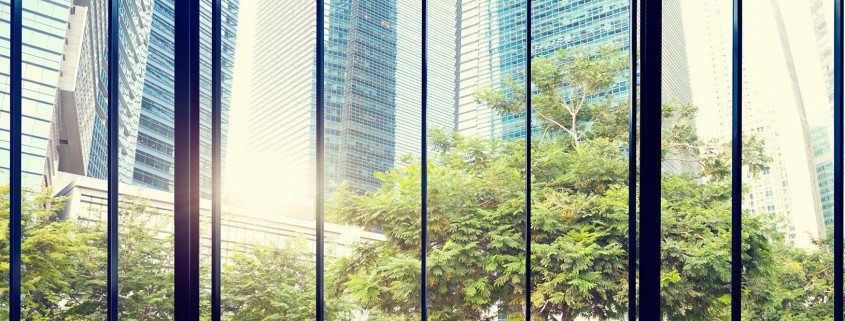
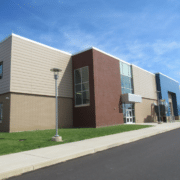

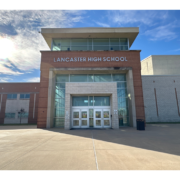
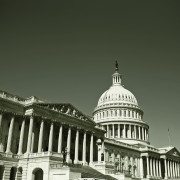
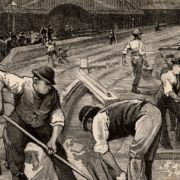


Leave a Reply
Want to join the discussion?Feel free to contribute!